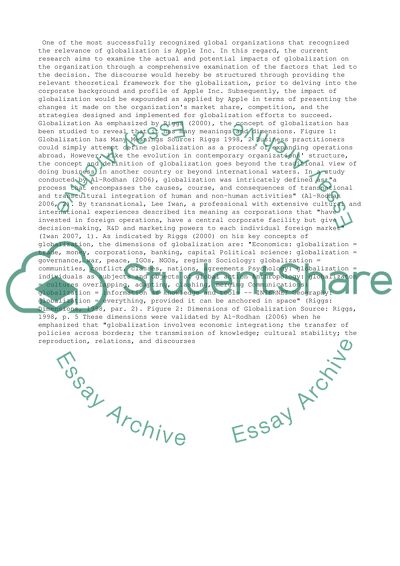Cite this document
(“Impacts of Globalization on Apple Inc Essay Example | Topics and Well Written Essays - 4000 words”, n.d.)
Retrieved de https://studentshare.org/management/1440467-using-one-specific-company-with-which-you-are
Retrieved de https://studentshare.org/management/1440467-using-one-specific-company-with-which-you-are
(Impacts of Globalization on Apple Inc Essay Example | Topics and Well Written Essays - 4000 Words)
https://studentshare.org/management/1440467-using-one-specific-company-with-which-you-are.
https://studentshare.org/management/1440467-using-one-specific-company-with-which-you-are.
“Impacts of Globalization on Apple Inc Essay Example | Topics and Well Written Essays - 4000 Words”, n.d. https://studentshare.org/management/1440467-using-one-specific-company-with-which-you-are.


